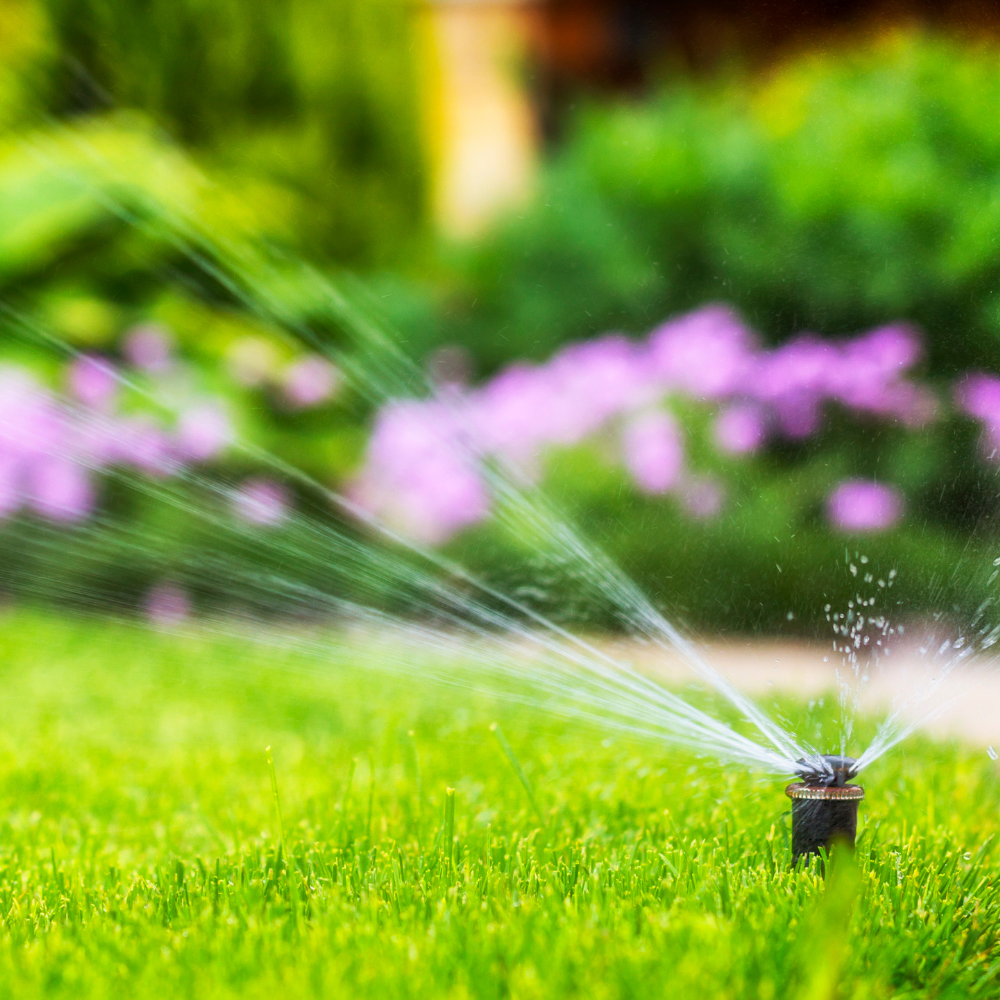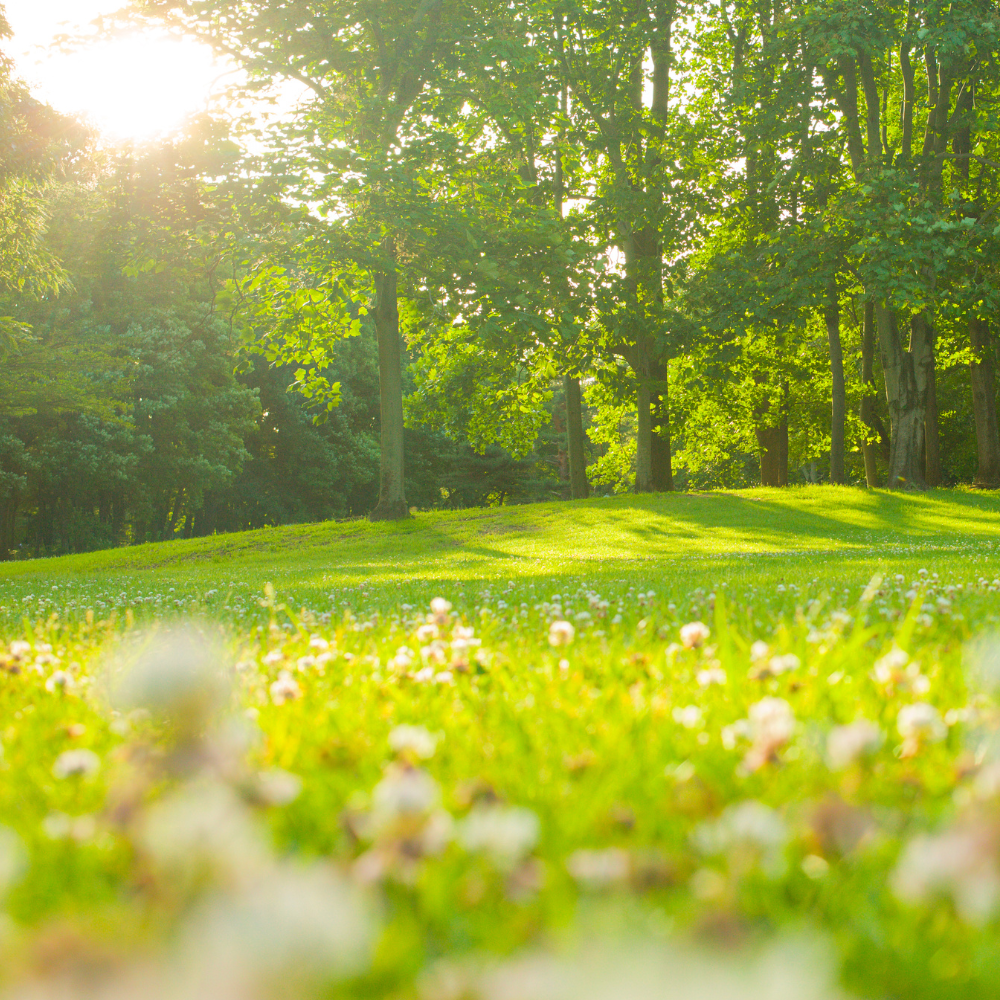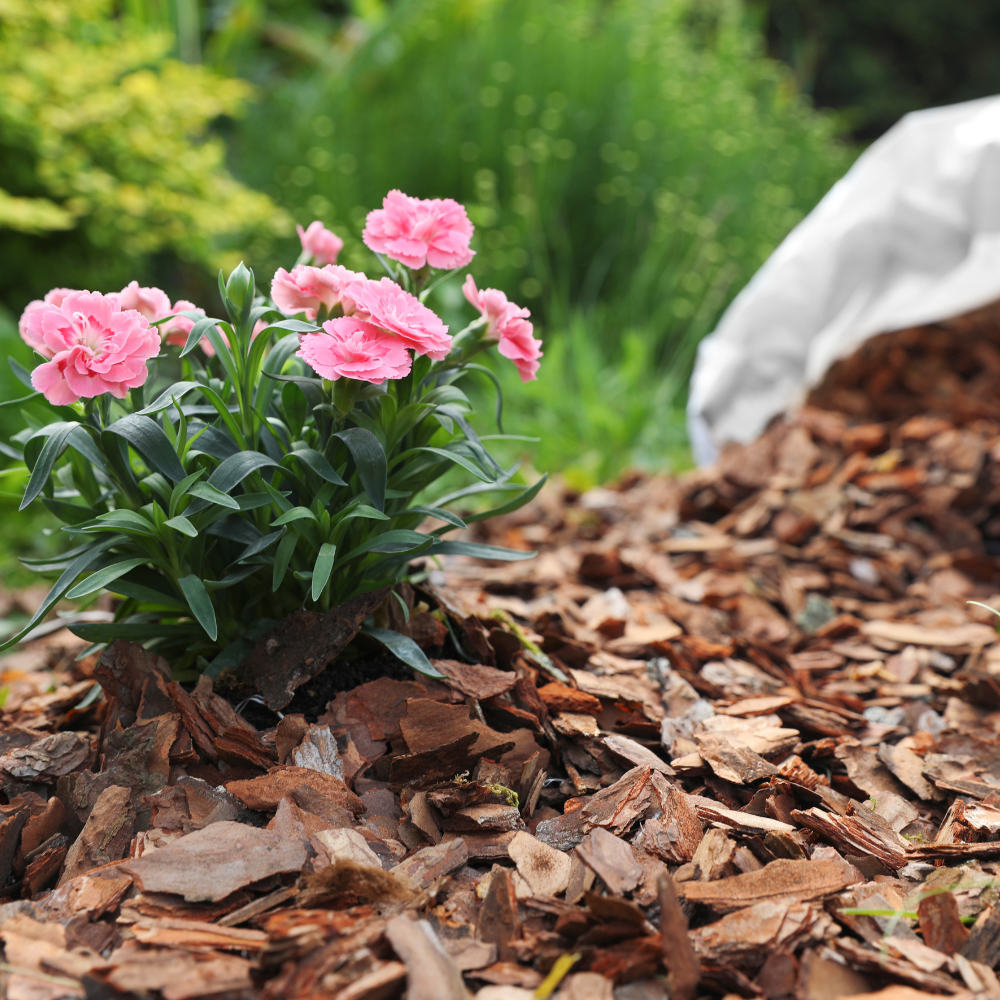Patchy Lawn Repair Techniques: A Simple Guide
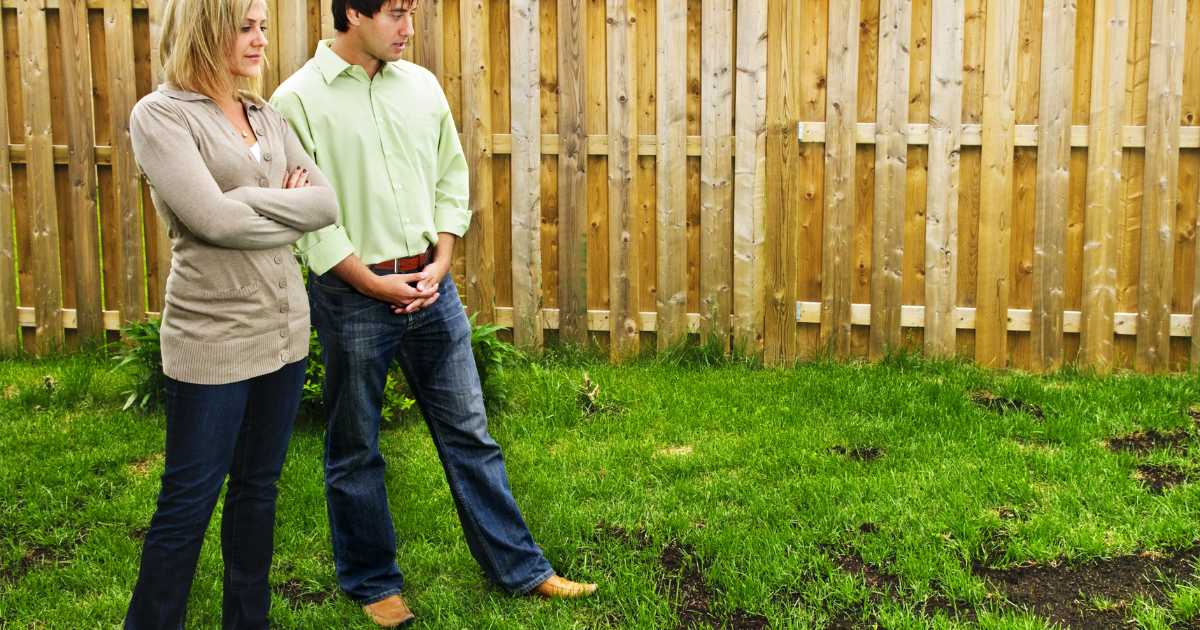
As any gardening enthusiast knows, a lush, green lawn is the envy of the neighborhood. Yet, achieving this can sometimes feel like a Sisyphean task, especially when dealing with patchy or bare spots that seem to resist every effort at revitalization. However, armed with the right techniques and a bit of lawn lore, turning those unsightly patches into verdant fields is more than just a pipe dream. Here, we delve into effective patchy lawn repair techniques, covering everything from overseeding to soil preparation, tailored for the gardener looking to reclaim their green space in 2024.
Understanding the Causes
Before diving into the repair process, it's crucial to understand what causes these bald patches. Common culprits include heavy foot traffic, pest infestation, poor soil conditions, and irregular watering. Identifying the root cause is the first step toward a lasting solution.
Soil Preparation: The Foundation of a Healthy Lawn
A successful patch repair begins with soil preparation. Start by removing any dead grass and debris, then loosen the top 2-3 inches of soil. This can be followed by enriching the soil with a mix of compost and garden soil, creating a fertile base for new seeds. Testing your soil's pH and adjusting it according to the type of grass you're growing can also significantly improve germination rates and overall lawn health.
Overseeding: The Secret to Density and Color
Overseeding is especially effective in the fall, as the cooler temperatures help seeds to germinate without the extreme stress of summer heat. Select a seed mix that matches your existing lawn type or one that's specifically formulated for patch repair. Evenly spreading the seeds over the prepared soil and gently raking them in ensures good soil contact. Keeping the area moist until the seeds germinate is crucial for success.
Reseeding: Starting from Scratch
For more severely damaged lawns or larger bare spots, reseeding might be the better option. Spring, with its mild weather and occasional rains, provides the perfect conditions for seed germination and growth. The process is similar to overseeding but may require a more thorough soil preparation and the choice of a high-quality seed mix that’s resilient and suited to your lawn’s specific needs.
Watering: The Key to Germination
Whether overseeding or reseeding, consistent watering is vital. The soil should be kept lightly moist but not waterlogged to encourage seed germination without washing them away or causing fungal diseases. An early morning watering routine can be particularly beneficial, reducing evaporation and providing moisture for young seedlings throughout the day.
Maintenance: Ensuring Long-term Success
Once the new grass begins to grow, reduce watering frequency but increase the amount, encouraging deeper root growth. Avoid heavy use of the lawn until the grass is well established, and consider a light application of fertilizer after about six weeks to support healthy growth.
Incorporating these techniques into your lawn care routine can significantly improve the appearance and health of your lawn, transforming patchy areas into lush, green spaces. With a bit of patience and the right approach, your lawn can become a testament to the joys of gardening and the beauty of outdoor living.
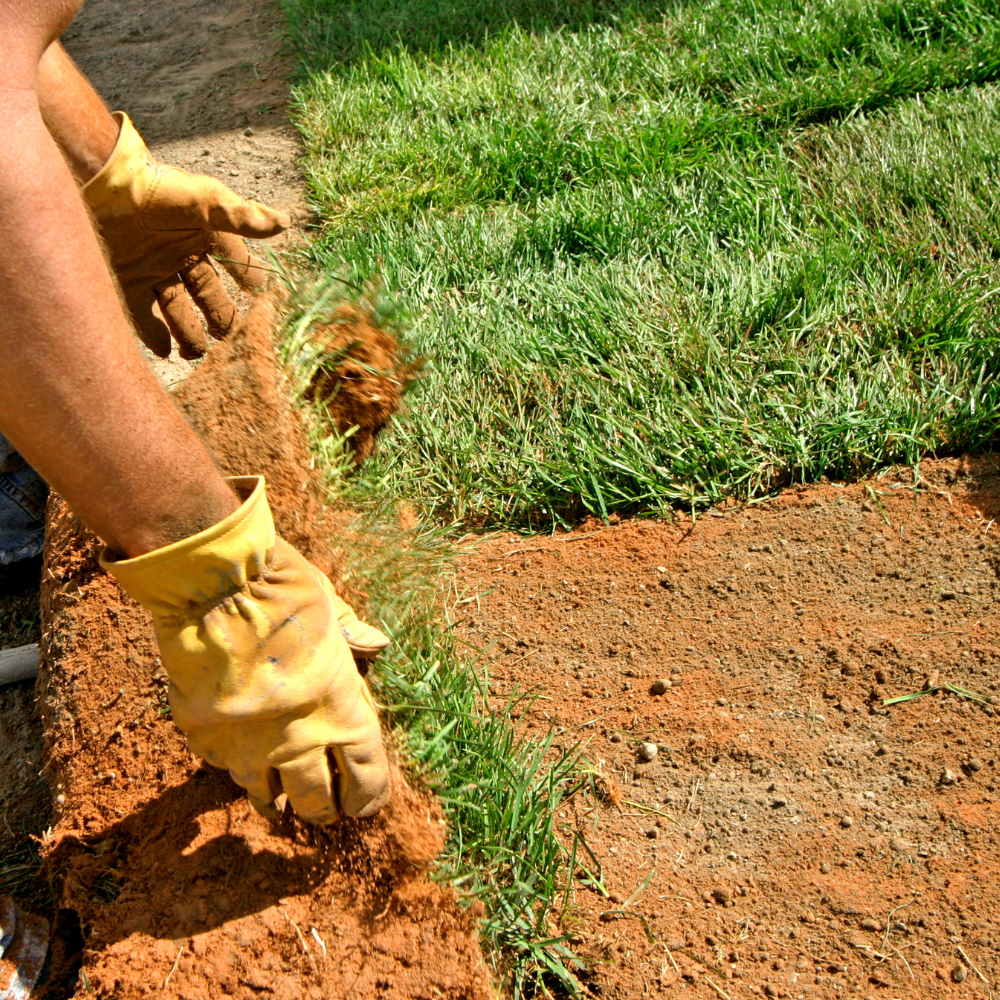
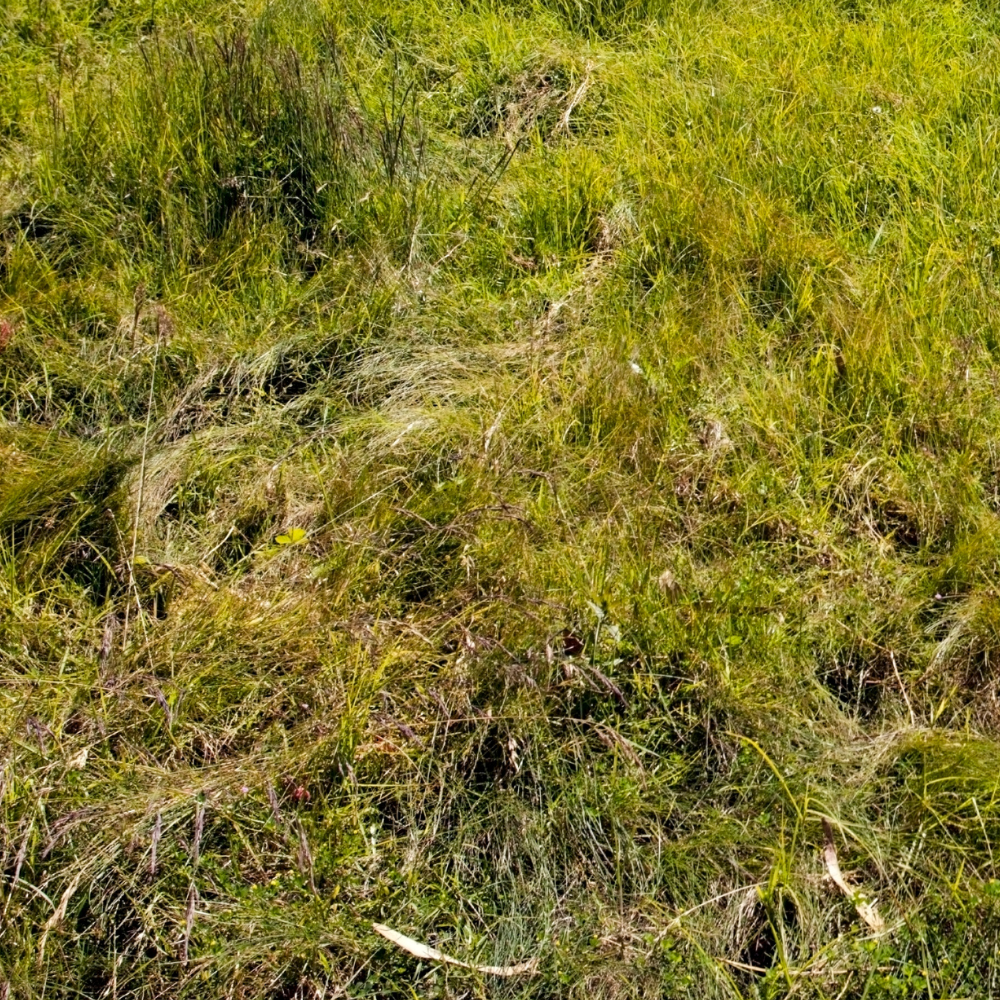
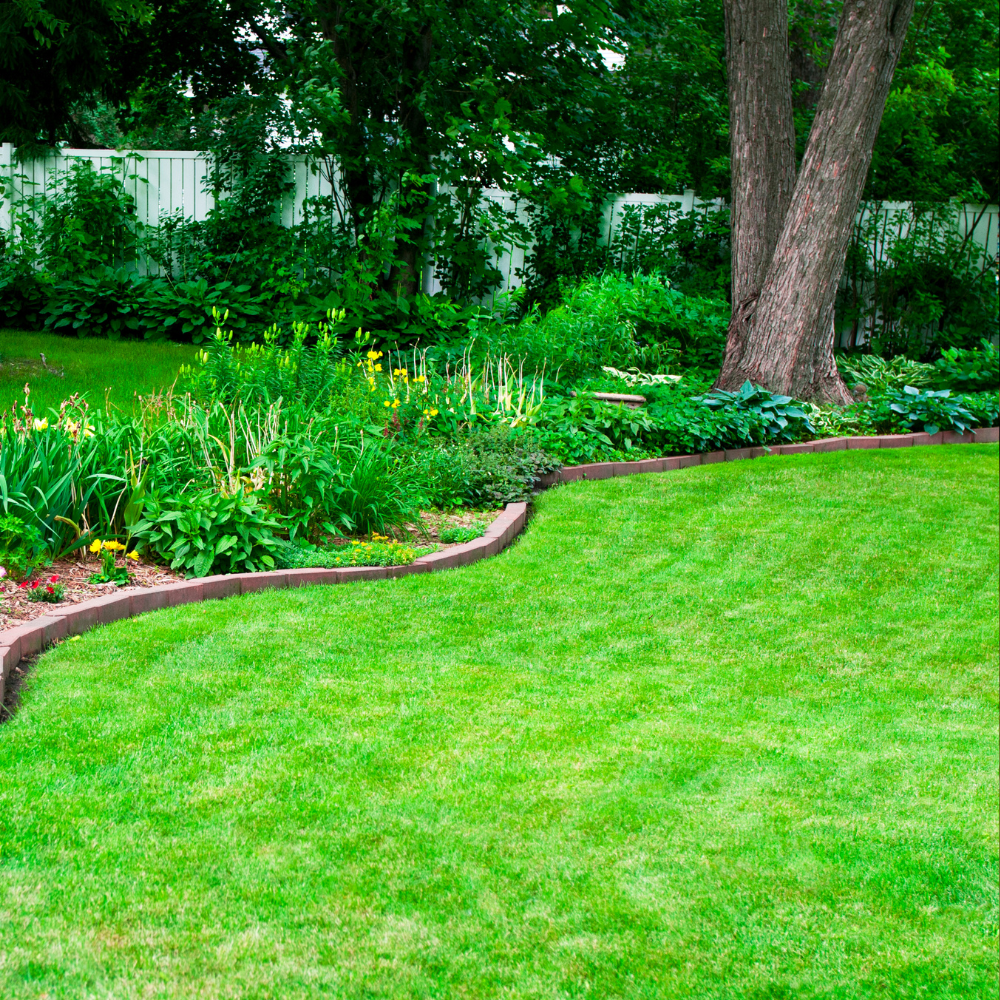

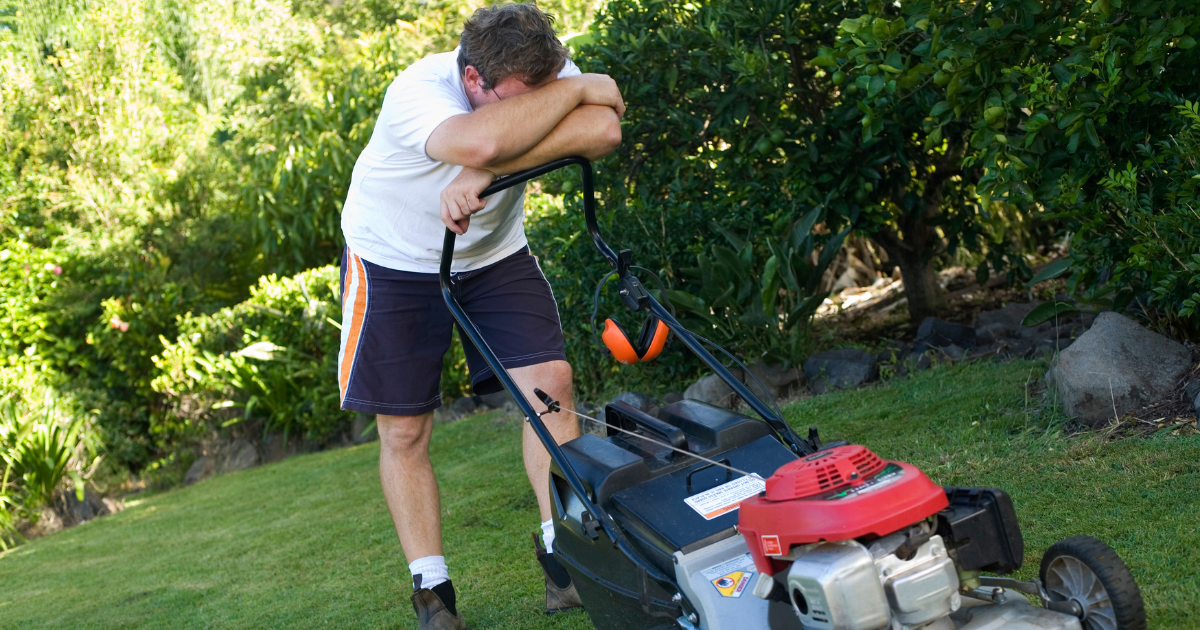

See What Others Are Saying
 Rating
Rating
Contact Us
Follow Us
All Rights Reserved | Mowtivation Lawn Care, LLC.
Webmaster: Rich Marketing Resources


